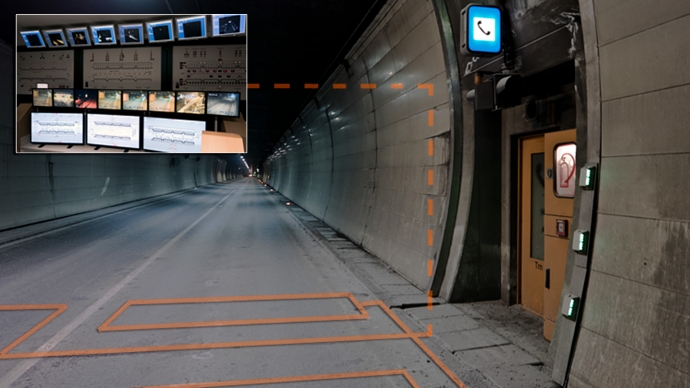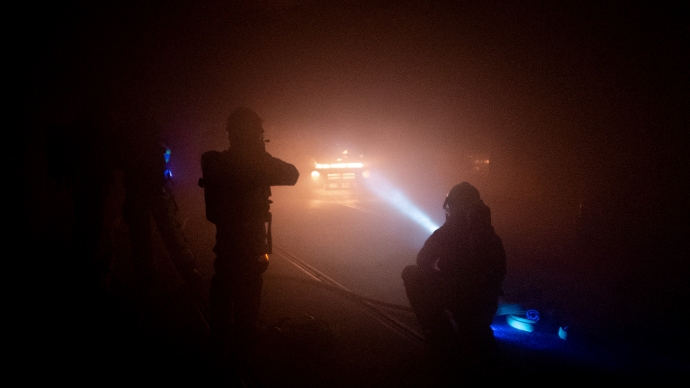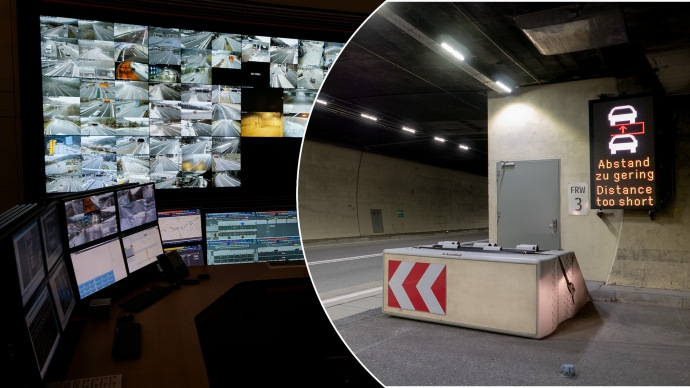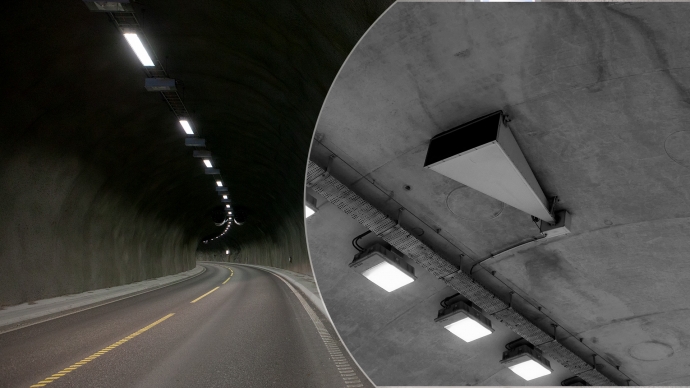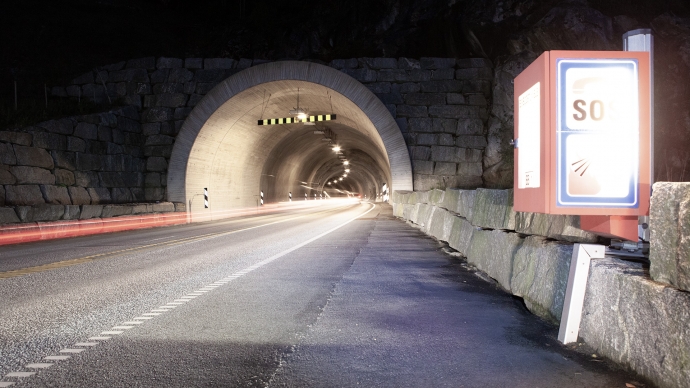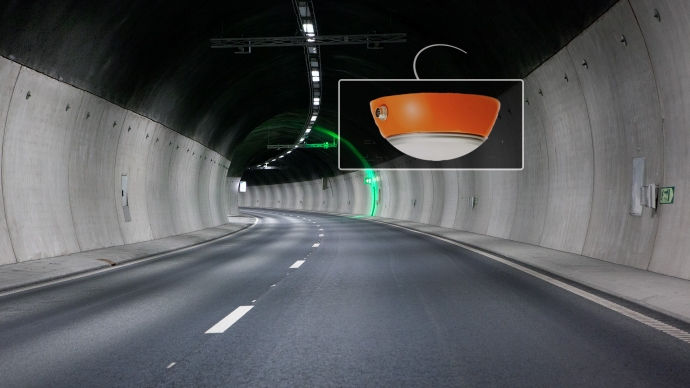Inductive loops have been used for decades to count vehicles, control traffic-lights, speed-control enforcement and other traffic applications. Inductive loops can be very reliable detection method when it is installed with a certain precission under-ground, protected and secured, deep under the road surface and not influenced by common problems for detection in traffic. Characteristics that is even more important in tunnels, in a hostile environment with a special need for reliable, available and maintainable safety systems.
All Stories
A great challenge the first responders face during incidents and accidents in tunnels is getting an overview of how many people are in the tunnel, where they are, how to communicate with them, direction they are moving, needs of assistance and how to communicate with incoming motorists about stop in the traffic and diversions. Imagine if you could use the cell phone that everyone is carrying along to solve these issues.
In the last 3 years 20 tunnels have been installed with acoustic tunnel monitoring detection in Austria. The first pilot where carried out int the 2,4 km long twin tube Kirchdorf tunnel, and the pilot started in 2010.
It takes time from the emergency services are notified until they arrive at the tunnel. This must also road users know and the road authority have the responsibility that this assumption is known.
By using already installed optical fibre, the Distributed Acoustic Sensing (DAS) technology can detect changes in traffic. OptaSense says a single fibre cable can replace hundreds or thousands of traditional single-point sensors, and give the traffic control centre a warning that something is happening.
Multiple Gas Detection (MGD) technology, originally developed for aerospace, is based on the detection of fire related gases, and can be an effective sensor to detect an upcoming fire in a moving vehicle.

 En
En 




